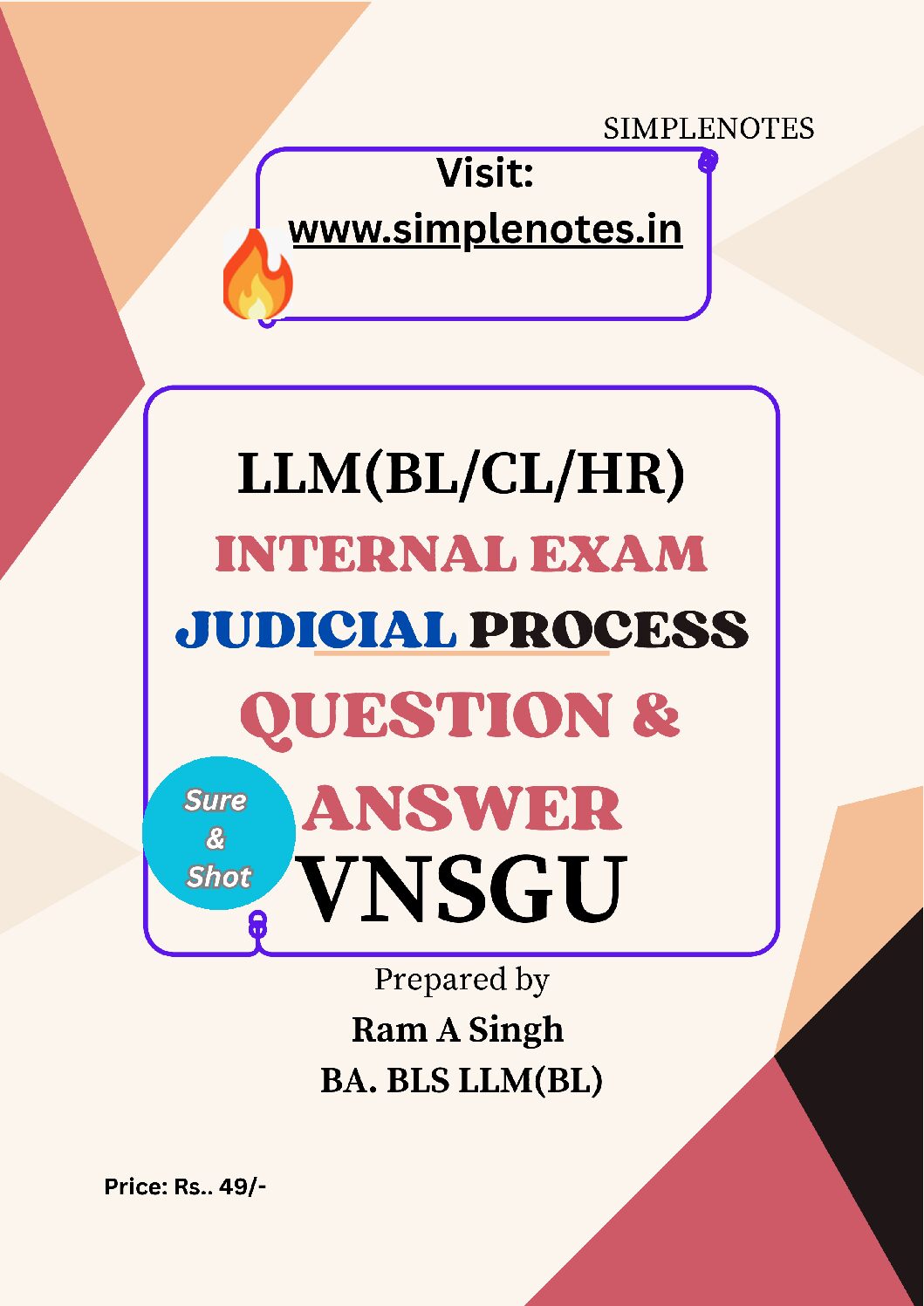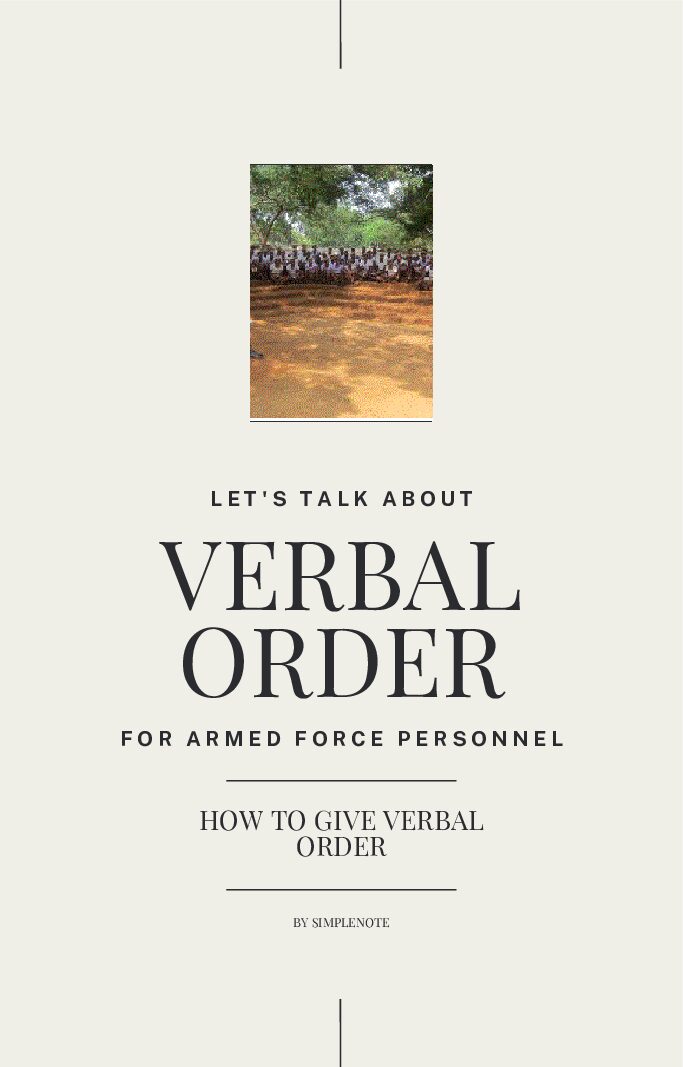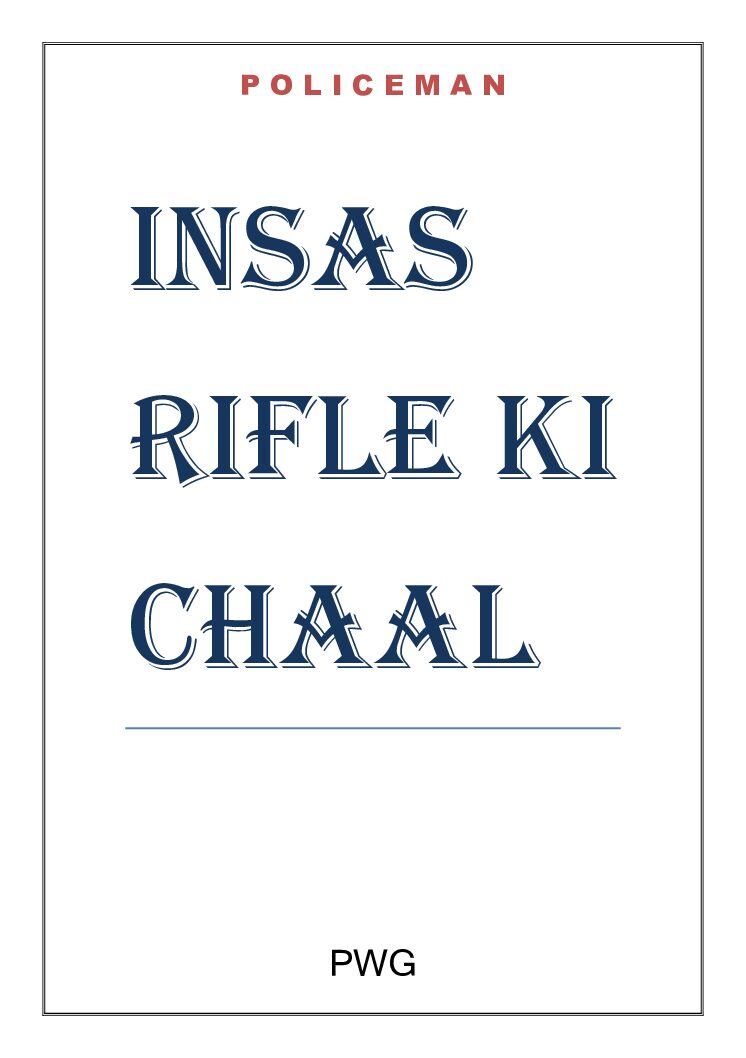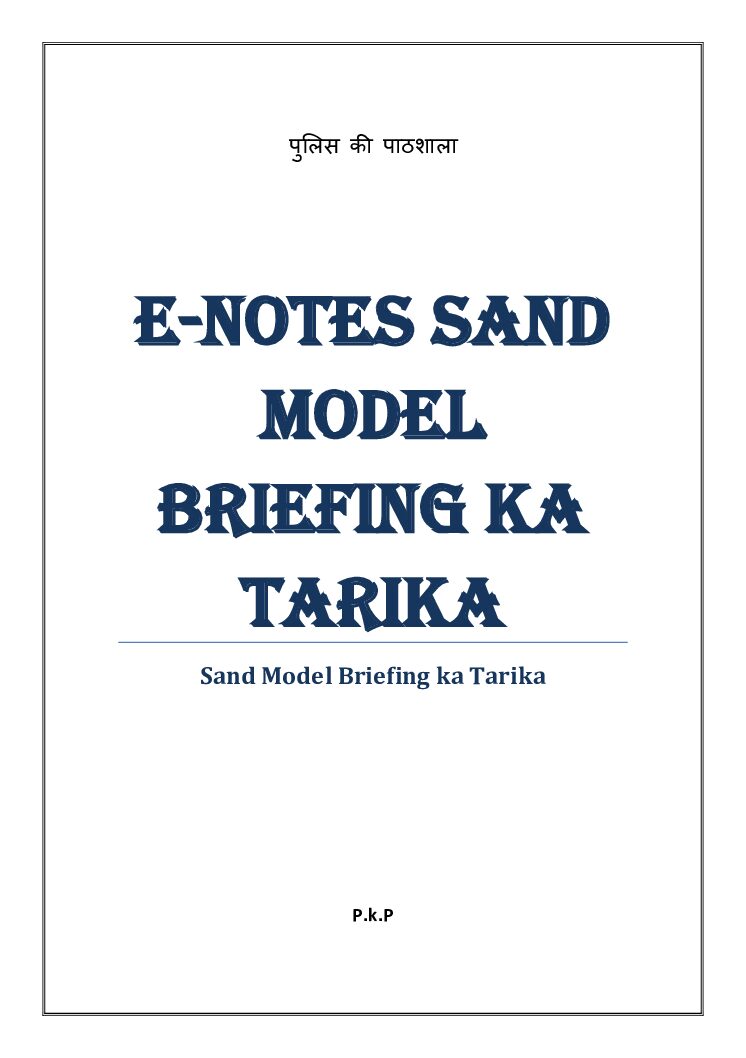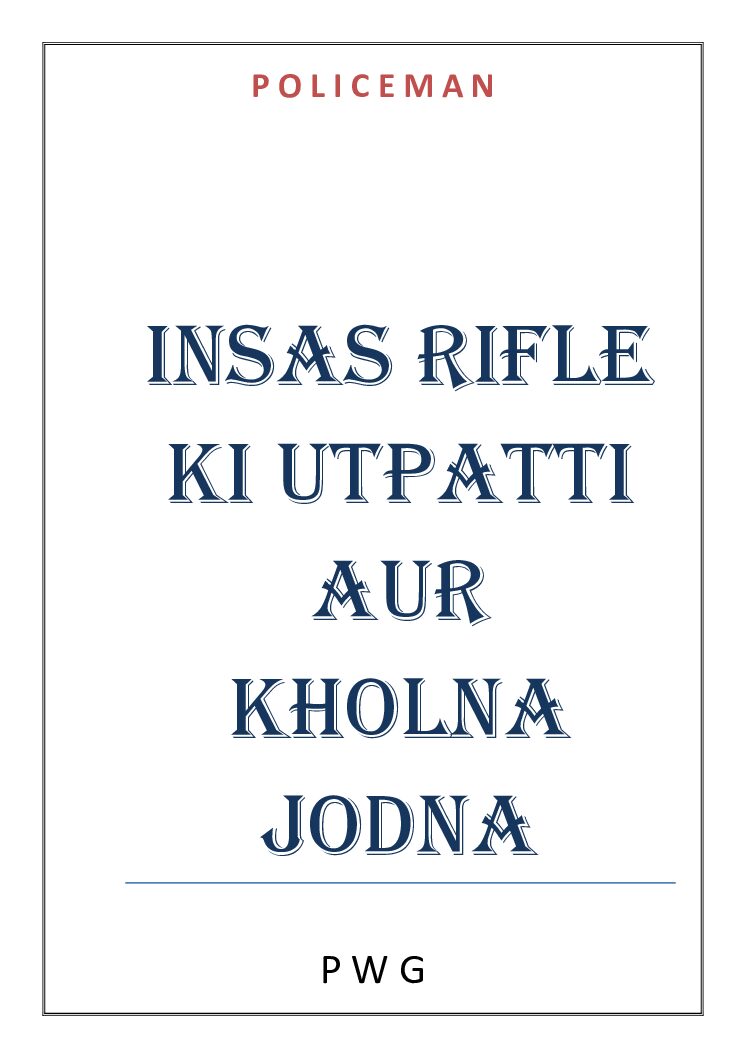Why do I need to remember all these 10 Landmark IP Cases Every LLB Student Must Understand?”
This was the exact question my junior asked me during our evening chai break at the law college canteen. I smiled, sipped my tea, and said,
“Because these cases are not just legal battles—they’re the stories that shaped how we understand Intellectual Property law today.”
So, if you’re an LLB student wondering which Intellectual Property (IP) cases are truly important, pull up a chair. I’m going to tell you ten case stories that will not just help you in exams, but will stay with you even when you’re a practicing lawyer.
What Is Intellectual Property (IP)?
Imagine creating a painting, a song, a medicine formula, or even designing a cool brand logo. These are all your creations of the mind. IP law protects these ideas and gives you the right to benefit from your creativity.
IP law includes:
- Copyright (books, music, software)
- Trademarks (logos, brand names)
- Patents (new inventions)
- Designs (aesthetic appearance of products)
Now, let me walk you through 10 key cases that have built India’s IP law brick by brick.
When I started learning Intellectual Property Law during my LLB, I struggled to make sense of it. The textbook definitions of copyright, patents, and trademarks made sense on paper but felt disconnected from real life.
One day, a professor told me, “To really understand IP law, you need to read the stories—the landmark cases that gave life to these laws.”
And that was a turning point. I realised that these were not just court judgments—they were battles of creativity, ownership, innovation, and fairness.
Today, In this blog post I will to share 10 Landmark IP cases as stories with you—not in dry legal language, but in a way that’s easier to relate to and remember. These cases shaped Indian IP law and are essential for every LLB student.

1. Raj Video Vision vs. K. Mohankrishnan (1998)
Theme: Copyright protection of films
Raj Video Vision owned a Tamil film. When others began selling video copies without permission, they sued. The Madras High Court said films are protected under the Copyright Act just like books and music. No one can duplicate and sell them without permission.
Takeaway: Copyright applies fully to films, and piracy—even on video cassettes—is illegal.
2. Yahoo Inc. vs. Akash Arora (1999)
Theme: Passing off in digital branding
Akash Arora launched “YahooIndia.com”, tricking internet users into thinking it was Yahoo’s official site. Though Yahoo hadn’t registered in India, the Delhi High Court said well-known trademarks are still protected.
Takeaway: Even unregistered but famous trademarks have rights in India. Domain names matter.
3. R.G. Anand vs. Deluxe Films (1978)
Theme: Copyright in ideas vs expression
Playwright R.G. Anand claimed a film copied the theme of his play. The court held that while ideas are not protected, expressions of those ideas are. The film was different enough in its expression.
Takeaway: You can’t copyright an idea, only how you express it.
4. Novartis AG vs. Union of India (2013)
Theme: Evergreening in patents
Novartis tried to patent a modified version of its cancer drug, Glivec. The Supreme Court rejected it under Section 3(d) of the Patent Act. Minor tweaks don’t deserve new patents unless they show real therapeutic value.
Takeaway: Indian law prevents “evergreening” to keep life-saving medicines affordable.
5. Dabur India Ltd. vs. Emami Ltd. (2004)
Theme: Comparative advertising
Emami aired an ad mocking Dabur’s product. Dabur sued. The Calcutta High Court said ads can compare products, but not disparage or ridicule competitors.
Takeaway: There’s a legal limit to comparative advertising—it must be fair, not insulting.
6. Titan Industries Ltd. vs. Ramkumar Jewellers (2012)
Theme: Trade dress protection
Titan accused Ramkumar Jewellers of copying the look and packaging of its Tanishq jewellery. The court agreed—appearance and presentation (trade dress) can be protected if they are unique.
Takeaway: Visual features like packaging and store design can be legally protected under trademarks.
7. Bayer Corporation vs. Natco Pharma (2014)
Theme: Compulsory licensing
Bayer’s patented cancer drug cost Rs. 2.8 lakh per month. Natco applied for a licence to sell a cheaper version. The IPAB allowed it, saying Bayer wasn’t making the drug available at a reasonable price.
Takeaway: Public interest matters—if patented drugs aren’t affordable, compulsory licensing is allowed.
8. Eastern Book Company vs. D.B. Modak (2008)
Theme: Copyright in legal judgments
EBC published court judgments with headnotes and editorial inputs. Another publisher copied them. The court said while judgments themselves are public property, value-added editorial work can be copyrighted.
Takeaway: There must be originality for copyright to apply, even in legal publishing.
9. Midas Hygiene Industries vs. Sudhir Bhatia (2004)
Theme: Trademark and delay
Midas sued for trademark infringement but had delayed filing. The Supreme Court ruled that even with delay, courts must stop dishonest use of another’s trademark.
Takeaway: Delay doesn’t give infringers a free pass if dishonesty is clear.
10. Christian Louboutin SAS vs. Nakul Bajaj (2018)
Theme: E-commerce platform liability
Fake Louboutin shoes were being sold on an online platform. The court held that e-commerce platforms can’t hide behind the “we’re just a marketplace” defence if they’re actively promoting counterfeit goods.
Takeaway: Platforms must act responsibly—if they aid infringement, they’re liable.
Conclusion: Why These 10 Landmark IP Cases matter to Every LLB Student
These cases aren’t just legal stories—they are lessons in balancing innovation with ethics, ownership with access, and competition with fairness.
If you’re an LLB student, reading these judgments will help you:
- Understand the evolution of IP law
- Write better answers in your exams
- Handle real-world scenarios during internships or practice
Tip: Try to remember each case not just by the title, but by the story behind it. That way, they’ll stay with you for life.
Bibliography & References
- Raj Video Vision vs. K. Mohankrishnan, 1998 (Madras HC)
- Yahoo Inc. vs. Akash Arora & Anr., 1999 (Delhi HC)
- R.G. Anand vs. Deluxe Films, AIR 1978 SC 1613
- Novartis AG vs. Union of India & Others, (2013) 6 SCC 1
- Dabur India Ltd. vs. Emami Ltd., 2004 (Calcutta HC)
- Titan Industries Ltd. vs. Ramkumar Jewellers, 2012 (Delhi HC)
- Bayer Corporation vs. Natco Pharma Ltd., (2014) IPAB Order
- Eastern Book Company vs. D.B. Modak, (2008) 1 SCC 1
- Midas Hygiene Industries Pvt. Ltd. vs. Sudhir Bhatia, AIR 2004 SC 90
- Christian Louboutin SAS vs. Nakul Bajaj & Ors., 2018 (Delhi HC)
Other Sources Consulted:
- The Copyright Act, 1957
- The Trademarks Act, 1999
- The Patents Act, 1970
- Manupatra and SCC Online case law databases
- WIPO and IP India official resources
![]()





